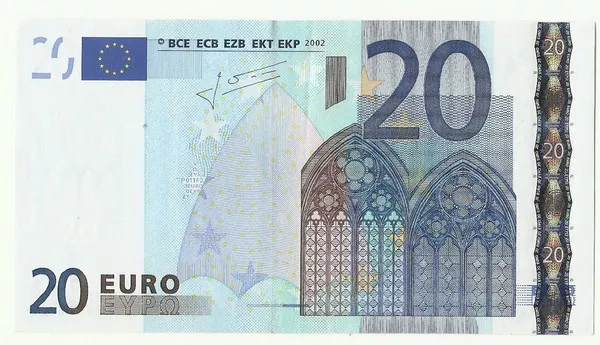ECB will keep interest rates and outlook stable
Next week, we expect an unspectacular meeting of the ECB Governing Council. A change in key interest rates can be all but ruled out. Both the signaled wait-and-see attitude of the ECB Governing Council at the last meeting in September and favorable inflation data for this month clearly speak against any need for action. The outlook should not change either. The formulation that the current interest rate level should make a substantial contribution to achieving the inflation target should be repeated, thus signaling continued unchanged interest rates. Thus, there will be no news for the markets from this side.
President Lagarde will most likely be asked at the press conference about the impact of higher oil prices, which could be triggered by a widening of the crisis in the Middle East. An evasive answer can be expected, as the impact can indeed be different. On one hand, inflation will rise, but on the other, households and businesses will be deprived of purchasing power. The key question will be whether companies pass on the higher costs (and more), as they did in 2022, or not. From our point of view, there is a lot to be said against it.
In 2022, higher energy prices met with a solid economy and were cushioned to a considerable extent by public subsidies. Neither is the case now, which thus argues against a broad-based increase in the inflation rate as a result of higher oil prices. However, we currently expect the war in the Middle East to remain localized and thus not to lead to a sustained rise in oil and energy prices.
We expect much more of a decline in the inflation rate, which will take place over a long period of time. However, there is considerable uncertainty about the speed. On one hand, a prolonged weak economy could accelerate the decline; on the other hand, stronger wage increases could lead to a slower decline in inflation. Another risk factor is the significant rise in yields on the bond market in recent weeks. This rise in interest rates on longer-term financing could weigh on the economy. President Lagarde could be asked whether this has already been taken into account in the deliberations of the ECB Governing Council, which would be interesting for the markets. We currently assume that by mid-2024 progress in bringing down inflation will have advanced sufficiently to trigger a first rate cut by the ECB.
EZ – Will sentiment continue to fall in October?
Next week (October 24), a flash estimate of Eurozone PMI data will be published. In September, sentiment among service providers brightened somewhat at a low level, while manufacturing sentiment stagnated at a low level. In view of a weak demand environment, many companies recently have taken a skeptical view of the future.
We do not expect any immediate improvement in sentiment in October. Manufacturing in particular is still suffering from the reduction of substantial excess inventory capacities. This reduction is visible in a continuous decline in global world trade since the beginning of 2022.
However, this phase of weakness should come to an end in the medium term, at the latest when inventories need to be replenished at least somewhat. The US Fed‘s index measuring the pressure on global supply chains shows, after a long phase of easing, that the pressure has increased somewhat since the summer. This should be a first early indication of an incipient recovery of the global industrial economy in the coming months. We expect an increase in growth momentum in the Eurozone from the first half of 2024.
AT– Mild recession expected for 2023
At the end of September, Statistics Austria once again revised downward its estimate for Austrian GDP growth in 2Q23. Accordingly, the Austrian economy contracted by -1.3% y/y (previously -1.1% y/y) and by -0.8% q/q (previously – 0.7% q/q). Confidence indicators suggest a rather bleak outlook for the coming months. The weekly WIFO Economic Index declined by 1.5% y/y in August and the first three weeks of September and has been in negative territory since March.
The OECD’s industrial confidence indicator was 97.1 in September, well below its long-term average of 100, and the European Commission’s sentiment indicators show a similar picture, pointing to a significant decline in industrial and construction sentiment in recent months. Sentiment in the services sector, which supported the recovery in 2021-22, has also been declining since the second quarter.
Against this backdrop, we have revised our forecast for Austrian GDP growth in 2023 downward from +0.2% to -0.1%. We expect economic output to remain weak in 3Q as well. From 2024, we expect the Austrian economy to recover, which should be supported by lower inflation, rising real household incomes and a pickup in foreign trade.

























